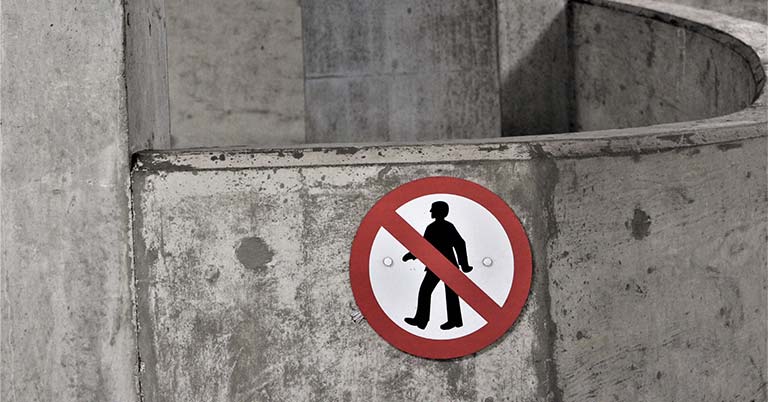hidden
We have over 20 years' of experience.

We have over 20 years' of experience.


By James
Category: Industry
After the Removal of Asbestos in All Commercial Buildings (RAAC), the pressing question that looms is, what legacy does asbestos leave for public buildings? The importation, supply, and use of asbestos were unequivocally banned in 1999. However, the grim reality persists, with the Health and Safety Executive (HSE) estimating that asbestos still claims the lives of approximately 5,000 workers annually. Moreover, it lurks within approximately 300,000 non-domestic properties and countless more homes across the UK. Astonishingly, asbestos remains the leading cause of work-related fatalities in the country, casting a dark shadow over occupational safety.
Asbestos is a silent menace that continues to exact its toll. Inhalation of its microscopic fibres can lead to various debilitating chest diseases, including pleural thickening, asbestosis, and the dreaded mesothelioma. Mesothelioma, an aggressive cancer primarily associated with asbestos exposure, predominantly targets the lung lining. Each year, more than 2,700 individuals in the UK are diagnosed with mesothelioma, a disease with no known cure and a life expectancy measured in limited months. What adds to the tragedy is that symptoms often emerge decades after exposure, leaving victims and their families grappling with a cruel fate.
The management of asbestos in non-domestic buildings falls under the purview of the Control of Asbestos Regulations 2012 (CAR), enforced by the HSE. The HSE conducts periodic reviews, typically every five years, to evaluate the effectiveness of these regulations. In 2022, the Work and Pensions Committee initiated an inquiry into the HSE's handling of asbestos regulations. The inquiry scrutinised the risks posed by asbestos in workplaces, identified the most vulnerable groups, and assessed the regulations' efficacy. It underscored the ongoing debate between those advocating for comprehensive asbestos removal programs and those concerned about potential increased exposure risks during removal.
The committee's report, released in April last year, was critical of the HSE's approach, citing a lack of investment in research to comprehend the costs and benefits of wholesale asbestos removal or safer removal methods. Among its recommendations, the report proposed setting a 40-year deadline for the removal of asbestos from non-domestic buildings and establishing a register of asbestos in such buildings to aid regulatory compliance assessments.
However, when the government responded to the report in July 2022, it rejected nearly all of the recommendations. It argued that a register would entail substantial investments, potentially duplicating existing data without clear improvements in asbestos-exposure risk. As for the 40-year removal deadline, the government contended that the risk to asbestos workers during removal might outweigh the risk of exposure to building users, provided asbestos was managed in accordance with regulations.
Subsequently, a media campaign spearheaded by The Times has called for the phased removal of asbestos from public buildings, starting with schools and hospitals. Recent reports suggest that over 6 million tonnes of asbestos may be present in as many as 1.5 million buildings. Alarming statistics indicate that approximately 81 percent of schools in England still contain asbestos. The National Education Union reports that around 400 teachers have succumbed to mesothelioma since 1980, and this number is likely an underestimate due to underreporting.
One alarming trend is the emergence of claims from individuals who weren't exposed to asbestos through their work but rather through the condition of their workplaces. This unsettling development is occurring amid a backdrop of uncertainty regarding how best to address asbestos in the fabric of these buildings. At present, the focus remains on effective management rather than removal. Employers and premises occupiers must diligently adhere to their legal duties and responsibilities in managing asbestos. The prevailing concern is that as long as asbestos lingers in public buildings, an increasing tide of claims may surface from those who allege their workplace induced mesothelioma, leaving us in a precarious state of uncertainty.
Then please contact us, we would love to hear from and give any advice that you may need. The information you supply us will be kept in the strictest confidence and will not be passed on to any third parties
Read More